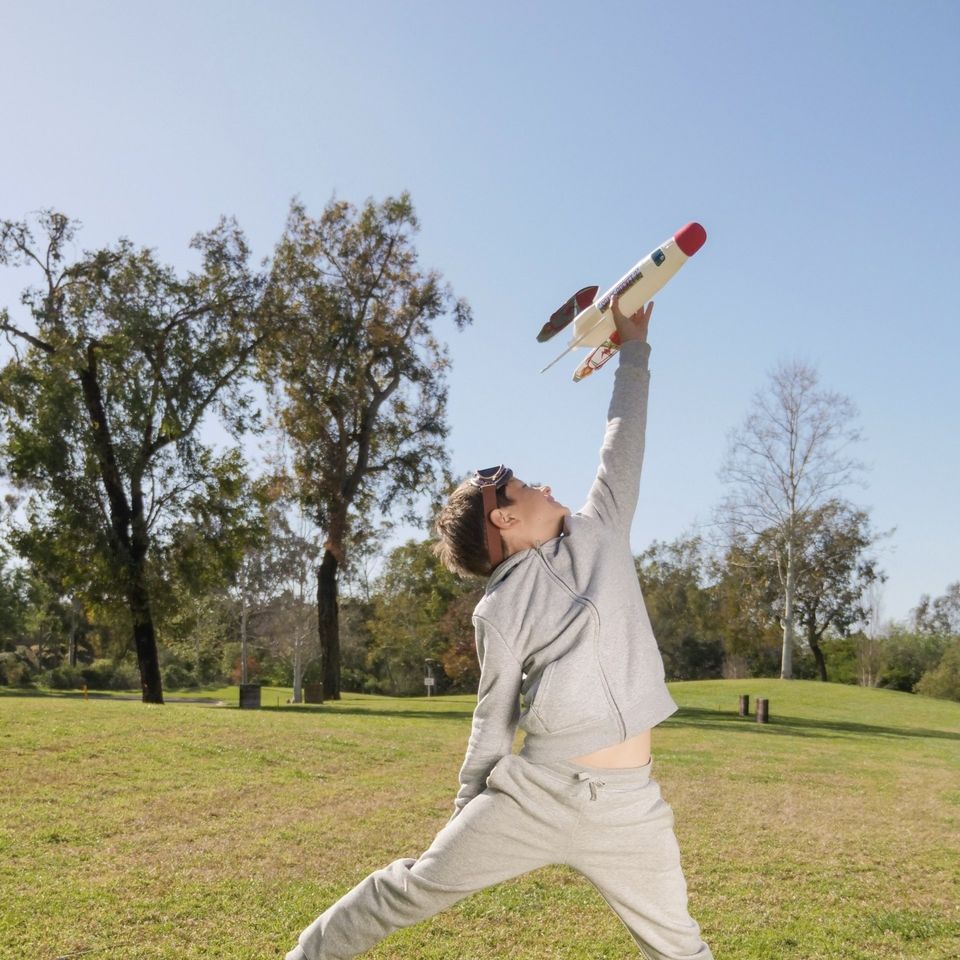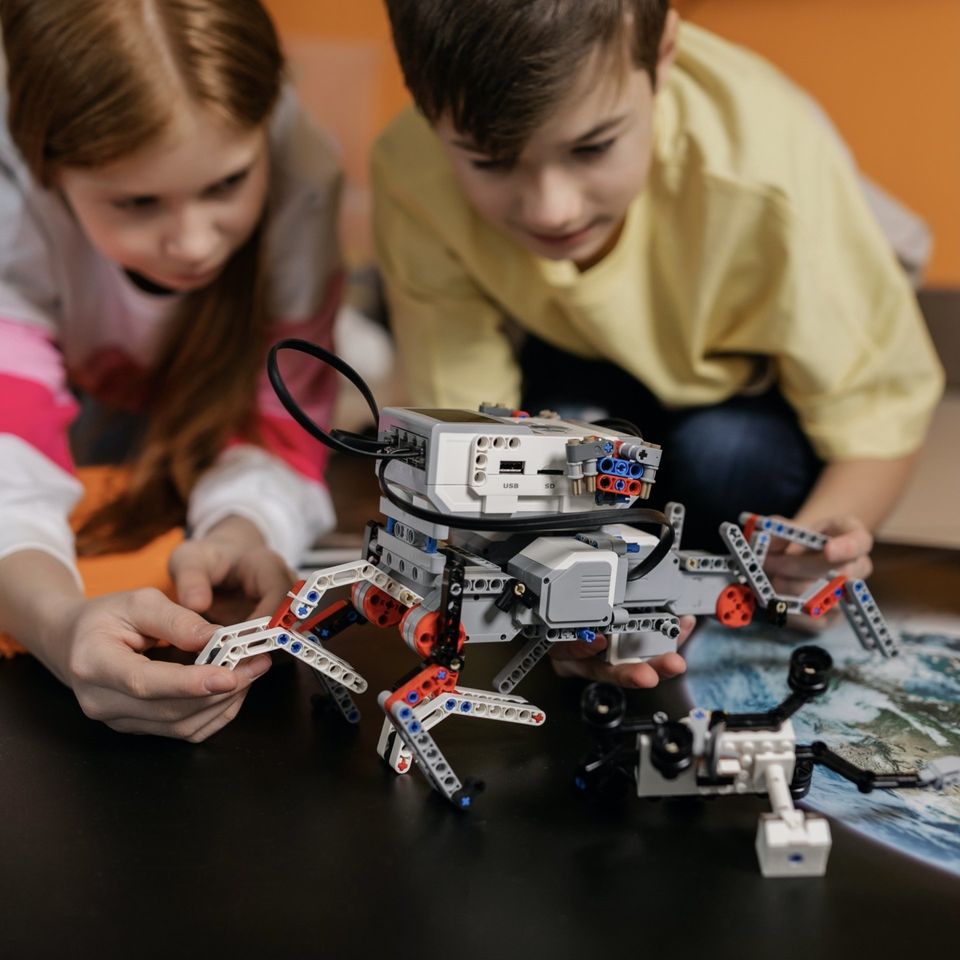STEAM is an educational approach to enhance better learning for children. It incorporates the arts into the well-known STEM model, which stands for science, technology, engineering and mathematics. STEAM programs can incorporate any of the visual or performing arts, such as painting, writing and dancing.
Conventional teaching mainly by classroom lectures is perhaps an effective means of transmitting a large volume of information to students. It is, however, inadequate in modern learning which requires students to acquire life-long learning skills. STEAM approach redefines the role of students and teachers, and requires students to take on learning in their own hand, set their own learning goal, and design their own learning process.
Take a look down on your table. Do you have your must-have items with you - including your iPhone? iPhone, one of the greatest inventions of all time - says the Millennials when they were teenagers - is a product of STEAM. Combining engineering, technology and yes, the arts. We all have once heard the story of Steve Jobs. The technology and design of iPhone indeed combine each essences of STEAM, but also the whole interdisciplinary approach has helped create innovations like such. This educational approach helps students to:
- Ask questions
- Connect the dots
- Problem solve
- Think creatively
- Be innovative
Just like how Steve Jobs was. So will you be the next Jobs?
Incorporating the arts into STEAM is important as the students will have more flexibility in understanding the hard sciences - science, technology, engineering and mathematics from a different point of view, not just the regular textbook style. Arts and artistic mediums help increase engagement between students and the subjects, often allowing them to enjoy and become eager to learn.
Another pro about implementing STEAM into daily education is that children have the opportunity to learn how all things are connected to each other. This style of learning – and teaching – allows students to actually experience rather than just studying the concepts. Students gain a better understanding of how core concepts relate to each other in real life.
Arts create a non-pressured environment for the children, where they are allowed to explore the concept themselves. In Hong Kong, some schools try to implement this very hands-on style of teaching. In some International schools in Hong Kong, “students will frequently be called upon to gather supplies, construct models, and test designs.” They also utilize both spaces “in and outside the classroom.” A great example for STEAM learning is a science experiment where students get to build their own parachutes from scratch, and actually test it out from the highest floor at school. Students will place an egg, or a small jar with a letter inside, and learn about the concept of gravity, and the impact of it for drifting parachutes in different shapes and sizes. It enables students to enjoy the whole process - from designing to executing, and finally learning.




